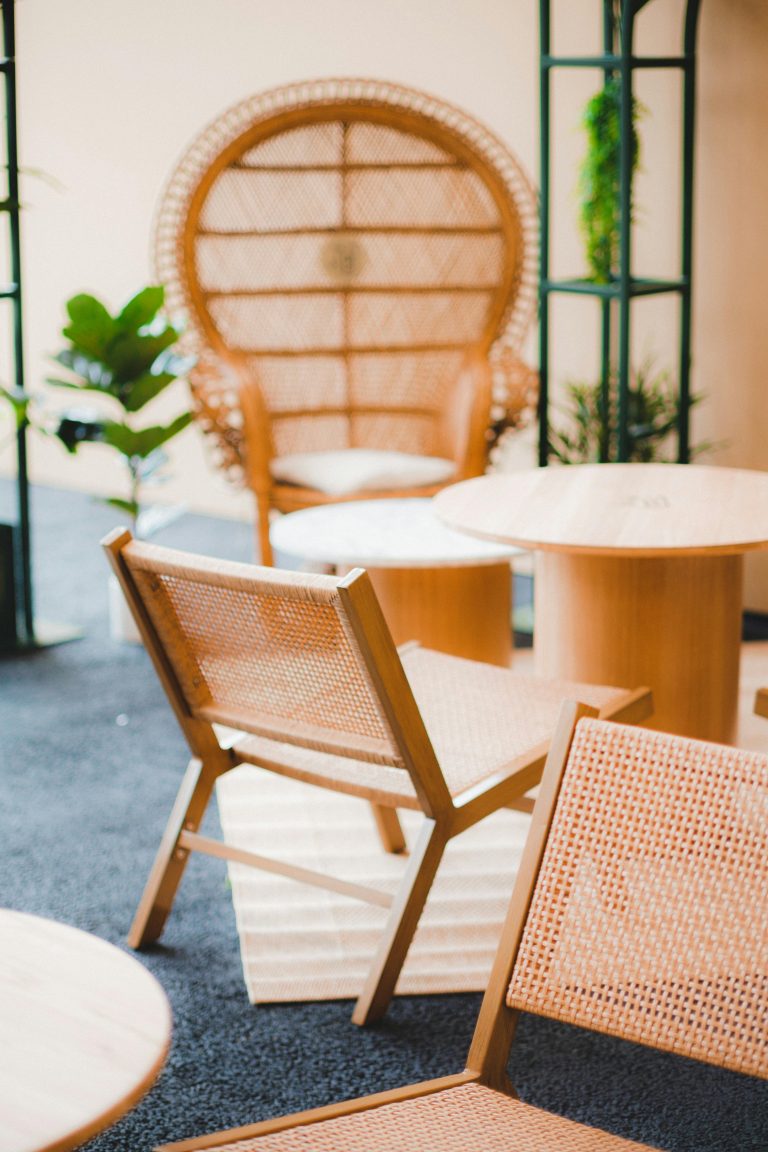Rattan is a versatile and sustainable material commonly associated with furniture making. However, its utility extends far beyond this single application. This article explores the various benefits and uses of rattan, highlighting its potential in different industries and its environmental advantages.
- Eco-Friendly Material
One of the most significant benefits of rattan is its environmental sustainability. Rattan grows quickly in tropical forests, reaching maturity in just a few years. This rapid growth rate allows for frequent harvesting without depleting natural resources. Unlike trees, rattan does not require the clearing of large areas of forest, which helps in preserving biodiversity. Additionally, rattan cultivation can support local economies by providing a source of income for rural communities involved in its harvesting and processing.
- Craft and Decorative Uses
Rattan is widely used in crafting various decorative items. Its flexibility and strength make it ideal for weaving intricate baskets, wall hangings, and other artisanal products. These crafts are often highly valued for their aesthetic appeal and cultural significance, particularly in regions where rattan has a long-standing tradition in local handicrafts. The natural texture and appearance of rattan add a rustic charm to these items, making them popular in both traditional and modern decor.
- Construction Material
In some regions, rattan is used as a building material due to its strength and durability. It is commonly employed in constructing temporary structures, such as huts and shelters, particularly in rural areas where other materials might be scarce or expensive. The flexibility of rattan allows it to be bent and shaped into various forms, providing structural support without the need for complex tools or machinery.
- Agricultural Applications
Rattan can also be utilized in agriculture, particularly as a natural support system for climbing plants. Farmers use rattan poles and structures to support crops like beans, peas, and vines, which require vertical growth space. This application not only supports the plants but also promotes healthier growth by preventing rot and fungal infections that can occur when plants lie on the ground.
- Sustainable Fashion Accessories
Rattan has found a niche in the fashion industry, particularly in the creation of eco-friendly accessories. Rattan bags, hats, and jewelry are becoming increasingly popular due to their unique, natural look and the growing consumer demand for sustainable products. These accessories are not only stylish but also contribute to reducing the environmental impact associated with synthetic materials.
While rattan is most commonly recognized as a material for furniture, its uses are diverse and beneficial across multiple industries. Its sustainability and versatility make it an excellent choice for eco-friendly products, artisanal crafts, construction, agriculture, and fashion. As awareness of environmental issues continues to grow, the demand for sustainable materials like rattan is likely to increase, expanding its applications even further.
Rattanmeuble.com accept custom order of rattan furniture. If you want to order, please contact us here.


Recent Comments